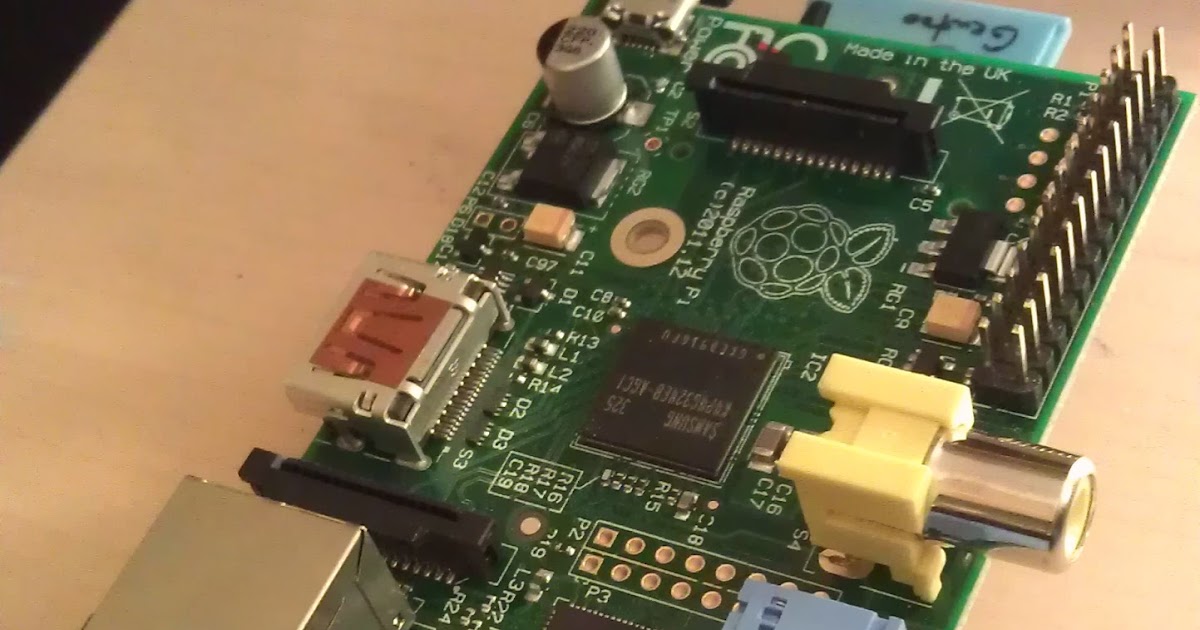

#INSTALL GENTOO TO USB DRIVERS#
You will be dropped at command line shell, once you boot the iso. Pentoo is available with a full UEFI complete with secure boot support, Unetbootin, Kernel 5.0.8 coupled with the latest 802.11ac drivers and all the required patches for injection in an easy-to-install ISO image.

If you are installing it on your system then write it on USB using unetbootin utility, if you are installing it in VirtualBox or VMware then mount iso in virtual cdrom. Completed, would like input/additions from other users. To do this type, fdisk -l 2.) Note which device belongs to your USB. 1.) First, you’ll need to find out which dev is your USB. That's one of the great things about Gentoo.
#INSTALL GENTOO TO USB INSTALL#
With the way the Gentoo works, all you really need for an install is bootable Linux that can talk to your devices. It is suggested to use this option by default, as the CDC driver in the. For instructions on installation of a complete functional Gentoo system onto a USB drive see the Install Gentoo on a bootable USB stick article. I personally have installed Gentoo from USB stick (RIPLinux) many times without any issues. app-mobilephone/gammu: Enable USB suport: app-crypt/ekeyd: Build the libusb-based userland daemon for accessing the EntropyKey (alternative to the CDC USB driver). Getting Started - Install CLIFirst we are going to install Gentoo Command-line-interface (CLI):ĭownload Gentoo minimal iso. Locating and mounting your USB Device Before going any further, you’ll need to find your USB device and then mount it. usb Flag Description app-crypt/gnupg: Build direct CCID access for scdaemon requires dev-libs/libusb.
#INSTALL GENTOO TO USB HOW TO#
The instructions will be divided into three parts: first part of instructions will show how to install Gentoo command-line (CLI) in second part instructions to get KDE Plasma on Gentoo and last part is for those who install Gentoo in VirtualBox or VMware and want to install vmware-tools or vitualbox-guest-additions. If you haven't tried Gentoo before then first experiment it in VirtualBox or VMware.
Move it to /mnt/gentoo, and use the command: tar xvjf /mnt/gentoo/portage-Go to the snapshots/ directory, and download the latest Portage file. There are a built-in lightweight display manager and a utility to detect USB-connected audio components inside the terminal window. The instructions will be easy to follow and you also don't need deep knowledge of everything, if you are new then with time things will get much clear to you. Go back to the mirror that you had previously downloaded the stage3 tarball from. In this article, we will show you step by step how you can easily install Gentoo on your System HDD or in VirtualBox/VMware.


 0 kommentar(er)
0 kommentar(er)
